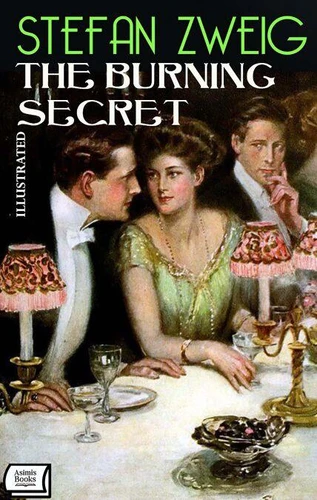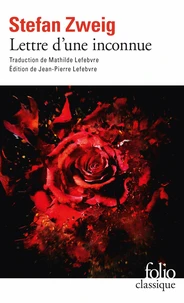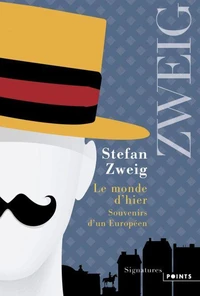First published in 1913, Stefan Zweig's The Burning Secret is one of the author's most haunting psychological novellas - a delicate and devastating study of innocence, desire, and betrayal. Set in an Austrian spa hotel, the story unfolds within the confined world of bourgeois leisure, where polite manners conceal turbulent passions.
At its center is a twelve-year-old boy, Edgar, who becomes the unwitting witness to an affair between his mother and a charming baron.
What begins as a boyish fascination with the baron's attention turns into jealousy, confusion, and pain, as Edgar slowly uncovers the truth - the "burning secret" that shatters his idealized view of love and adulthood.
Zweig's psychological precision and emotional intensity are on full display here. He portrays the inner life of a child with astonishing empathy, tracing the first awakening of sexuality and the trauma of disillusionment.
Every gesture, silence, and fleeting look carries meaning; the story's power lies not in overt action, but in the subtle interplay of hidden motives and unspoken feelings.
The Burning Secret captures the essence of Zweig's art - the collision between innocence and experience, between yearning and moral awakening. It is both a coming-of-age story and a meditation on human vulnerability, revealing how the search for intimacy can destroy as easily as it redeems.
Written in prose at once graceful and intense, this novella remains one of Zweig's most enduring explorations of the fragile boundaries between childhood and the adult world.
First published in 1913, Stefan Zweig's The Burning Secret is one of the author's most haunting psychological novellas - a delicate and devastating study of innocence, desire, and betrayal. Set in an Austrian spa hotel, the story unfolds within the confined world of bourgeois leisure, where polite manners conceal turbulent passions.
At its center is a twelve-year-old boy, Edgar, who becomes the unwitting witness to an affair between his mother and a charming baron.
What begins as a boyish fascination with the baron's attention turns into jealousy, confusion, and pain, as Edgar slowly uncovers the truth - the "burning secret" that shatters his idealized view of love and adulthood.
Zweig's psychological precision and emotional intensity are on full display here. He portrays the inner life of a child with astonishing empathy, tracing the first awakening of sexuality and the trauma of disillusionment.
Every gesture, silence, and fleeting look carries meaning; the story's power lies not in overt action, but in the subtle interplay of hidden motives and unspoken feelings.
The Burning Secret captures the essence of Zweig's art - the collision between innocence and experience, between yearning and moral awakening. It is both a coming-of-age story and a meditation on human vulnerability, revealing how the search for intimacy can destroy as easily as it redeems.
Written in prose at once graceful and intense, this novella remains one of Zweig's most enduring explorations of the fragile boundaries between childhood and the adult world.


















